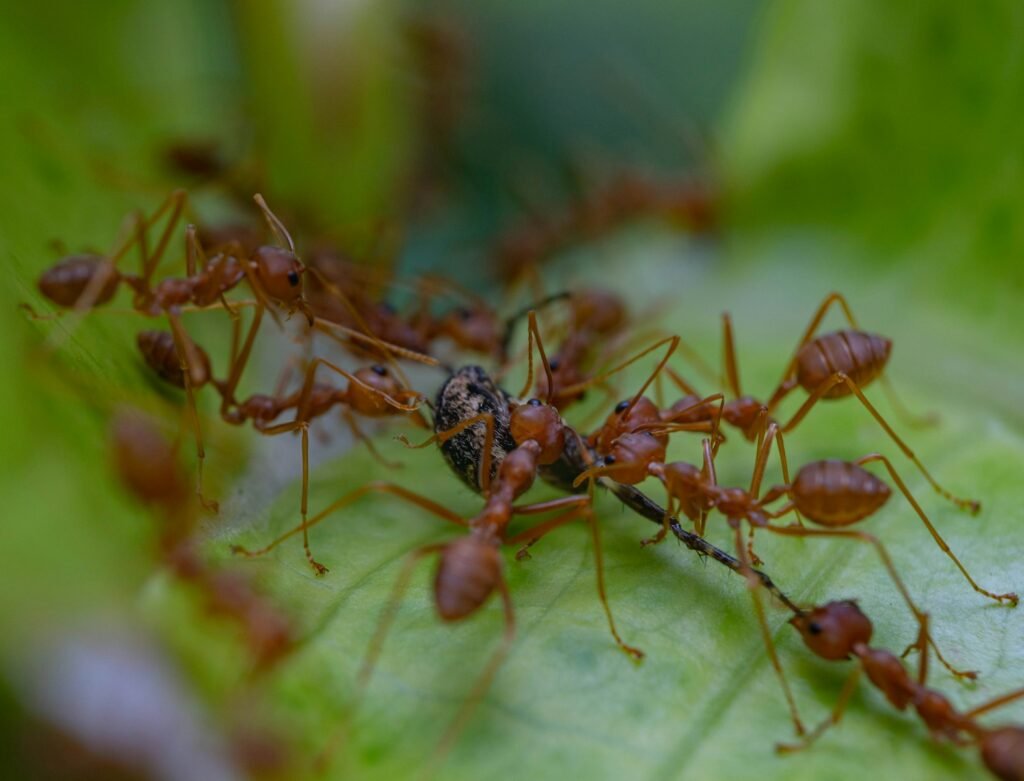It’s a scene straight out of a wildlife comedy—a massive elephant sways on unsteady legs, trunk flailing, as a chorus of monkeys shrieks in giddy delight. In the golden heat of the savannah, something extraordinary unfolds: the world’s largest land mammals appear to be tipsy, thanks to a curious encounter with overripe, fermented fruit. For centuries, this peculiar spectacle has captured the human imagination, raising questions that are as hilarious as they are profound. Are elephants really getting drunk? What science hides behind this wild party in nature? Let’s journey into the heart of the savannah to uncover the tangled truths, dazzling myths, and astonishing science behind the legend of drunk elephants and their boozy fruit feasts.
The Marula Fruit: Nature’s Unlikely Brewmaster
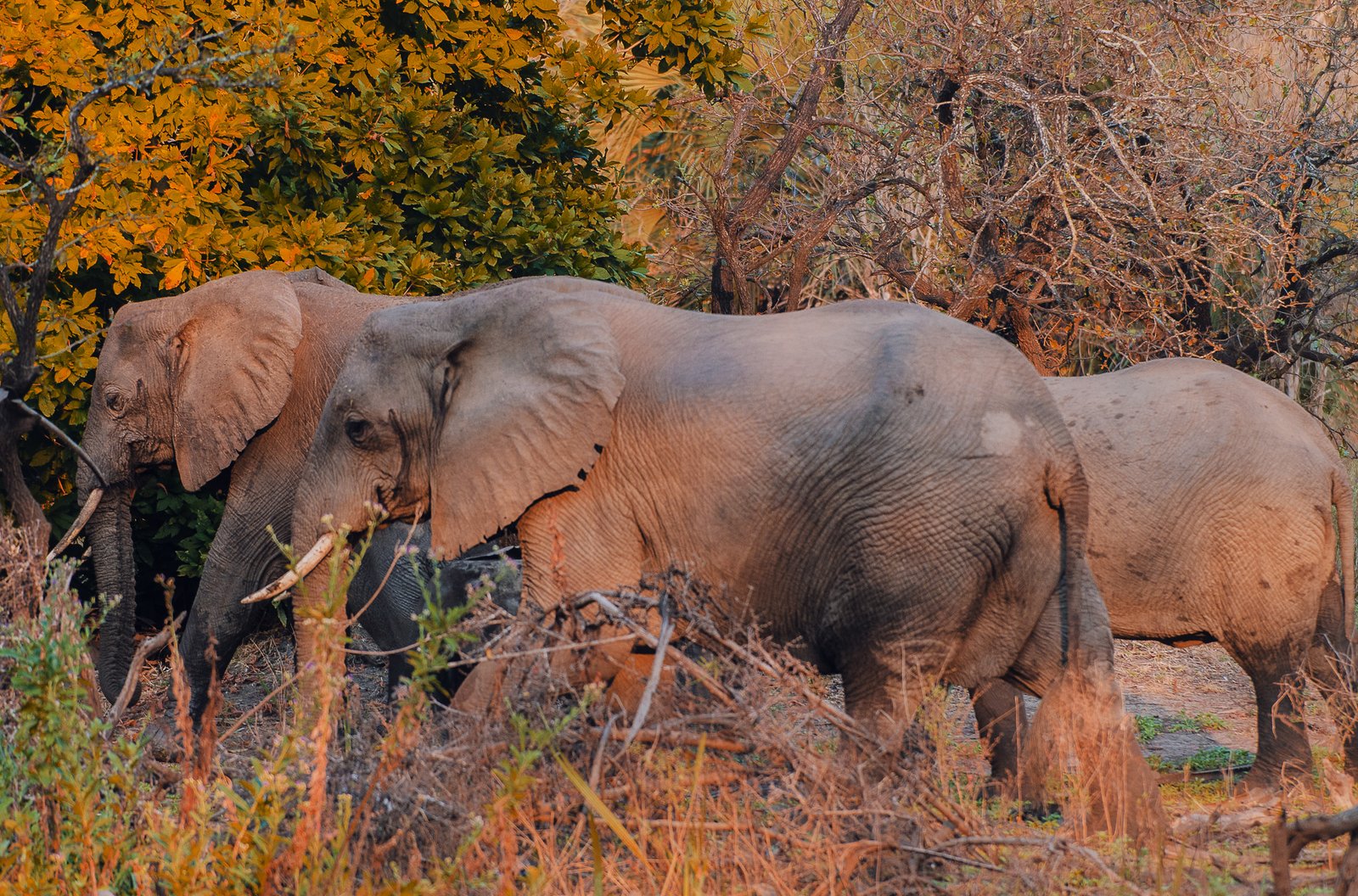
The marula tree is a centerpiece in African savannahs, its branches heavy with succulent green-yellow fruit during harvest season. Locals cherish marula for its sweet flesh and tangy zing, but it’s what happens as this fruit ripens that sets the stage for one of nature’s most unusual parties. When marula fruit drops and ferments on the ground, it produces alcohol through natural yeasts—transforming a simple snack into a potent cocktail. Elephants, with their insatiable appetites and sensitive trunks, are drawn to these aromatic treats, often devouring them in massive quantities. The marula’s intoxicating potential has fueled endless tales of elephant revelry, but just how much alcohol is in a trunkful of fruit?
Alcohol in the Wild: The Science of Fermentation
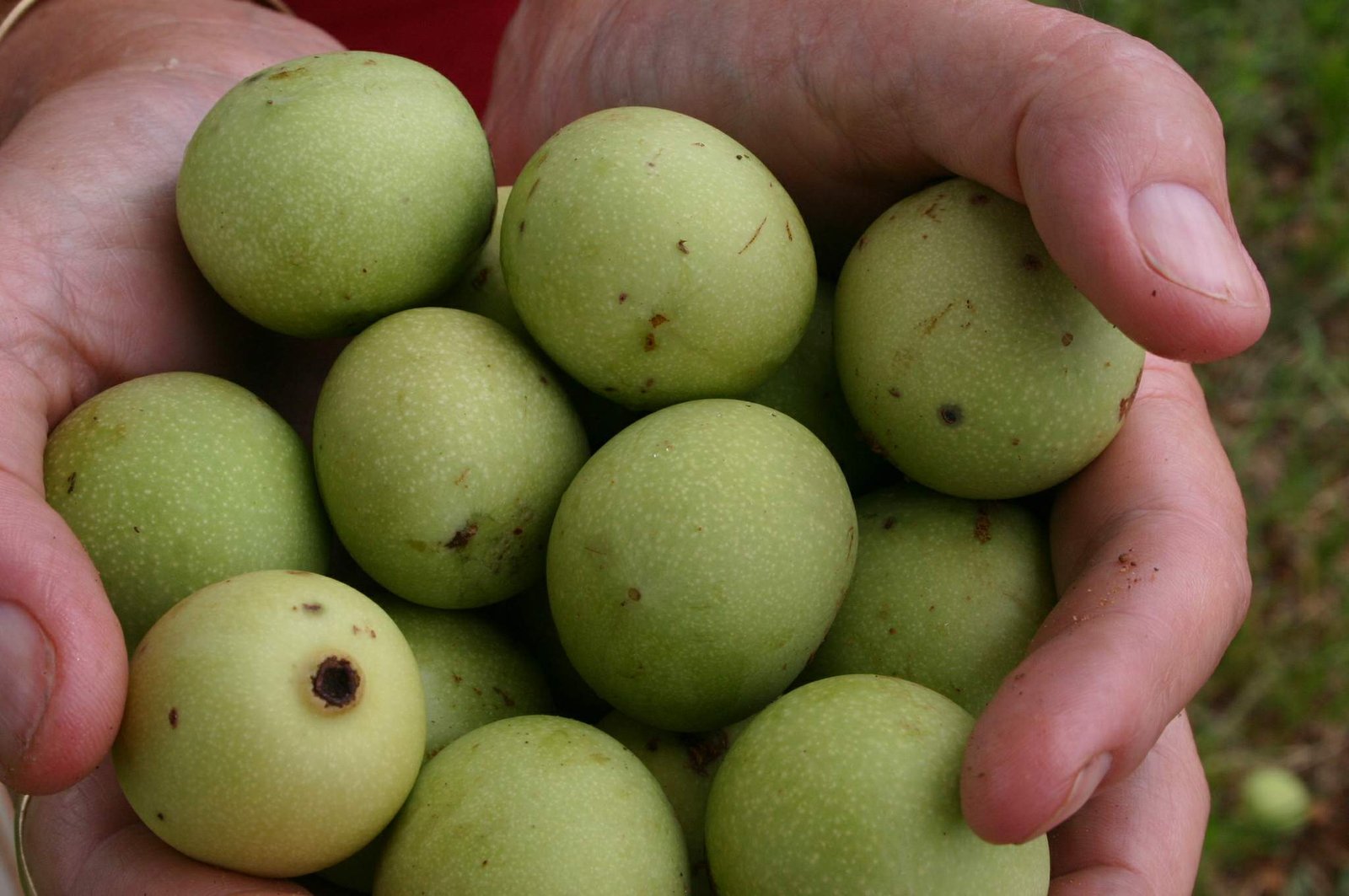
Fermentation is more than a party trick; it’s a powerful natural process. When yeasts consume sugars in fruit, they release ethanol—the same alcohol found in wine and beer. During warm, humid days, fallen marula fruit ferments rapidly, sometimes reaching alcohol concentrations similar to weak beer. Elephants, whose diets can include hundreds of pounds of fruit in a single sitting, may inadvertently ingest significant amounts of ethanol. However, the actual concentration varies wildly, and not every batch of fruit turns into a boozy bonanza. Scientists have carefully measured alcohol levels in marula and found that, while possible, it takes enormous quantities for an elephant to feel any effects. Still, the possibility remains tantalizingly real.
Legend or Reality? Unpacking the Drunk Elephant Myth
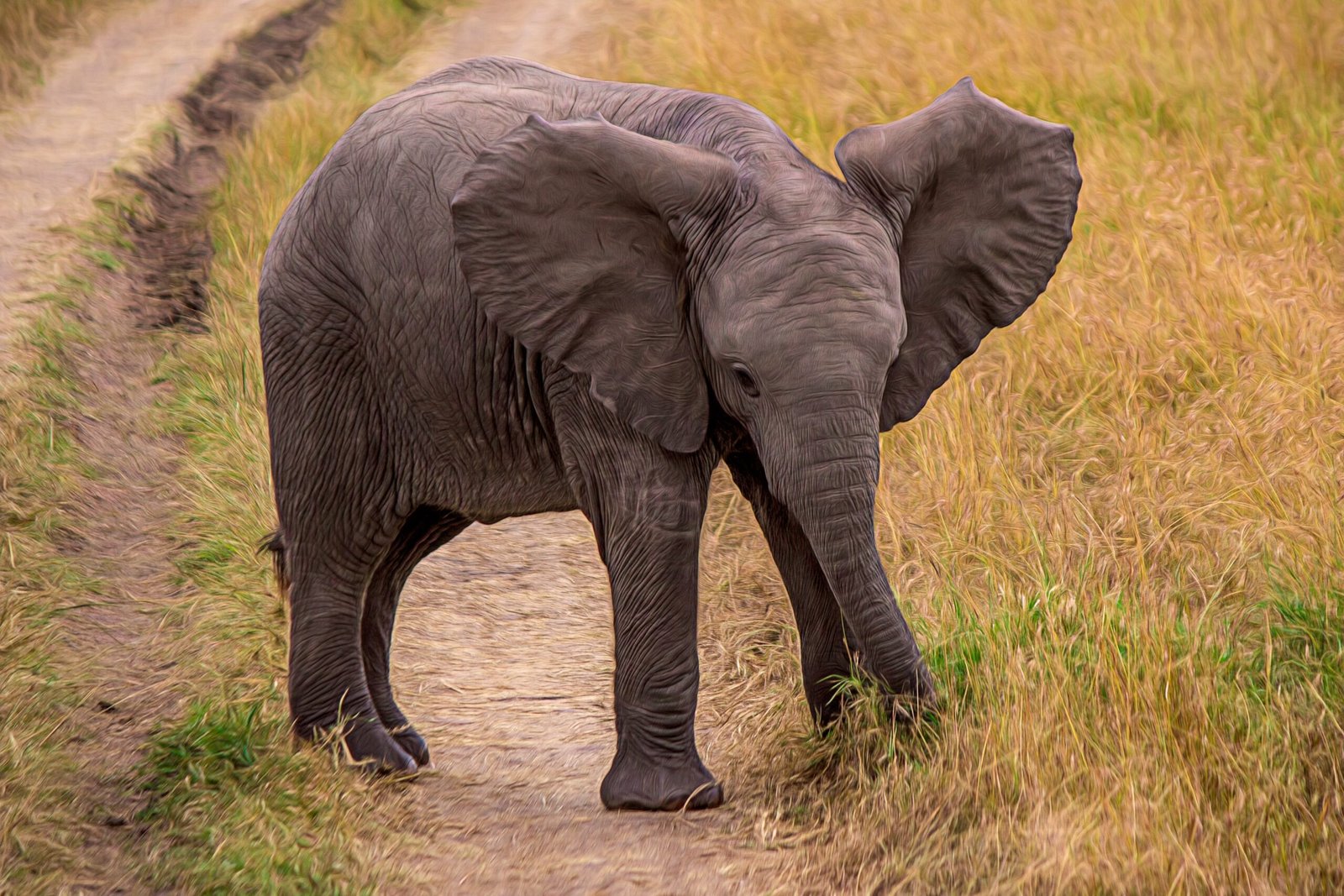
Stories of drunken elephants stumbling across the savannah have persisted for generations, captivating explorers, writers, and filmmakers. But is there truth behind the legend? Careful observation reveals that while elephants do eat fermented fruit, their sheer size and remarkable metabolism make true intoxication rare. A typical adult elephant weighs several tons and would need to consume an astonishing amount of alcohol—far more than most marula trees can provide—to reach a state of inebriation. Yet, every so often, observers report playful, erratic behavior after marula feasts, leaving room for wonder and debate. The line between myth and reality blurs in the dazzling African sun.
Elephant Metabolism: Built for Booze?
One of the most fascinating aspects of this story lies in elephant biology. Unlike humans, elephants have a liver equipped with robust enzymes that break down alcohol quickly and efficiently. This evolutionary adaptation likely developed as a response to a diet that often includes fermented or overripe fruits. Because of this, even when elephants ingest ethanol, much of it is processed before it can cause significant effects. This remarkable resilience may explain why truly drunken elephants are a rarity, even during peak marula season. Still, individual variation exists, and some elephants may feel the buzz more than others.
Behavioral Clues: How Do Elephants Act After Eating Fermented Fruit?
Observers have described elephants displaying a range of unusual behaviors after consuming marula or other fermented fruits. These include swaying, stumbling, and increased vocalization—behaviors reminiscent of mild intoxication. Some elephants appear more playful, chasing each other in circles or engaging in mock fights. Others simply collapse for a nap under the shade, seemingly content and relaxed. While these antics are often interpreted as signs of drunkenness, many scientists caution that such behavior could also result from excitement, high sugar intake, or even the sheer joy of a feast. The truth remains as elusive as it is entertaining.
Other Party Guests: Which Animals Join the Feast?
Elephants are not the only party animals in the savannah. Monkeys, baboons, warthogs, and even birds eagerly join marula feasts, drawn by the irresistible scent of fermenting fruit. Vervet monkeys, in particular, are famous for their fondness for alcohol—seeking out naturally fermented fruit and even raiding human settlements for sugary drinks. These lively gatherings can turn chaotic, with animals jostling, shrieking, and sometimes squabbling over the ripest, most potent fruit. Such scenes underscore the universal appeal of a spontaneous feast and the unpredictable magic of nature’s wild parties.
The Role of Smell: Elephants’ Powerful Noses at Work
An elephant’s trunk is more than just a tool for grabbing food—it’s a sophisticated chemical sensor. With a sense of smell far superior to that of humans, elephants can detect the scent of ripe or fermenting fruit from great distances. This ability helps them locate marula trees during fruiting season, even when the trees are hidden by thick foliage. The aromatic bouquet of fermenting fruit is irresistible, triggering a feeding frenzy that can last for hours. This acute sense of smell ensures that elephants rarely miss out on nature’s most delicious, and sometimes intoxicating, offerings.
Seasonal Surprises: When Do Savannah Parties Happen?
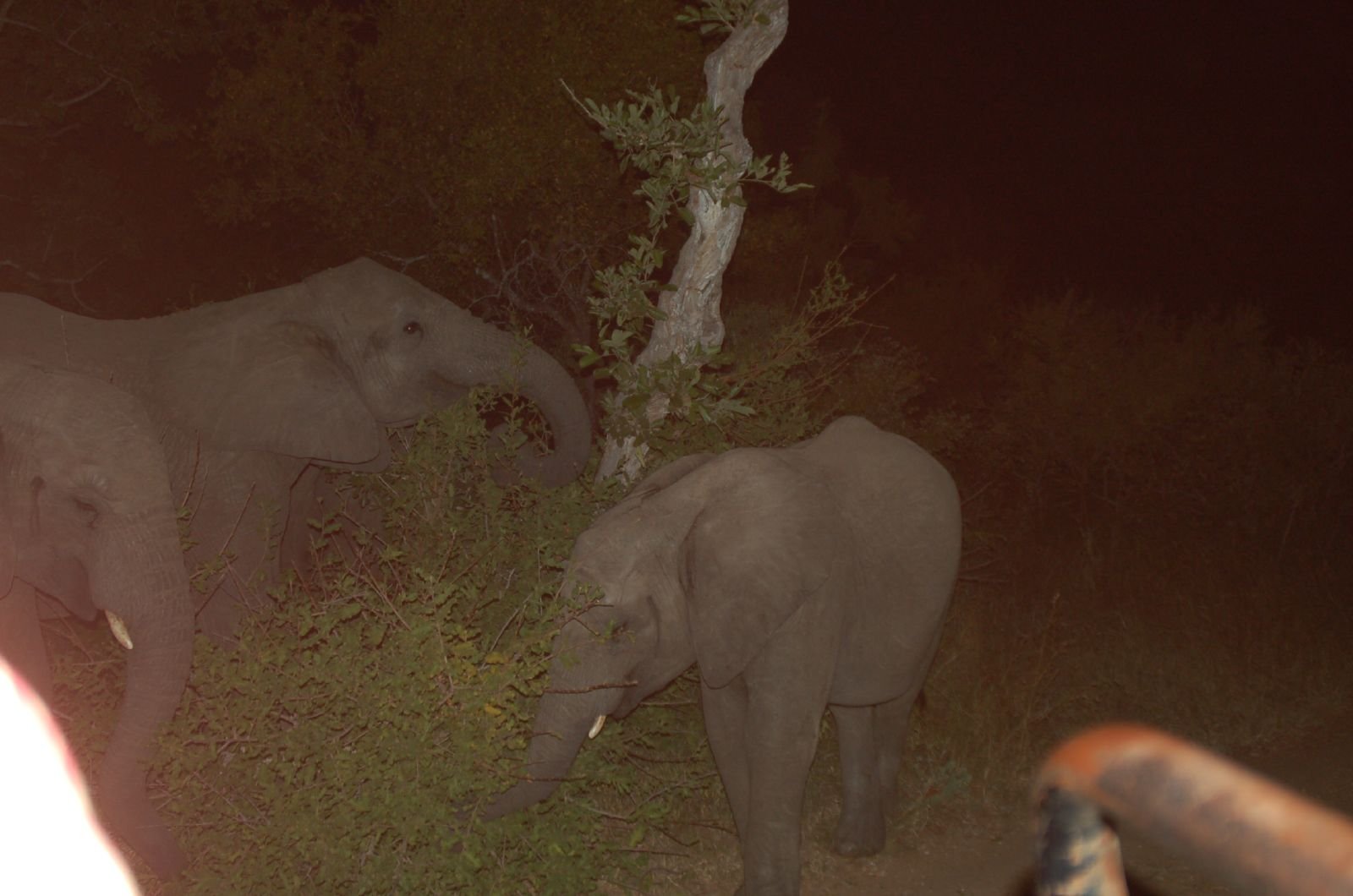
The marula harvest is a highly anticipated event in the African calendar, usually peaking during the warmest months. As the fruit ripens and drops, the air fills with a sweet, heady aroma that signals the start of feasting season. Local communities and wildlife alike look forward to this time, each for their own reasons. For elephants, the seasonal abundance means days of gorging on their favorite treat, and for scientists, it’s a golden opportunity to observe and study animal behavior. The timing and intensity of these wild parties depend on rainfall, temperature, and the health of the marula trees, making each year’s festivities unique.
Human Fascination: From Folklore to Film
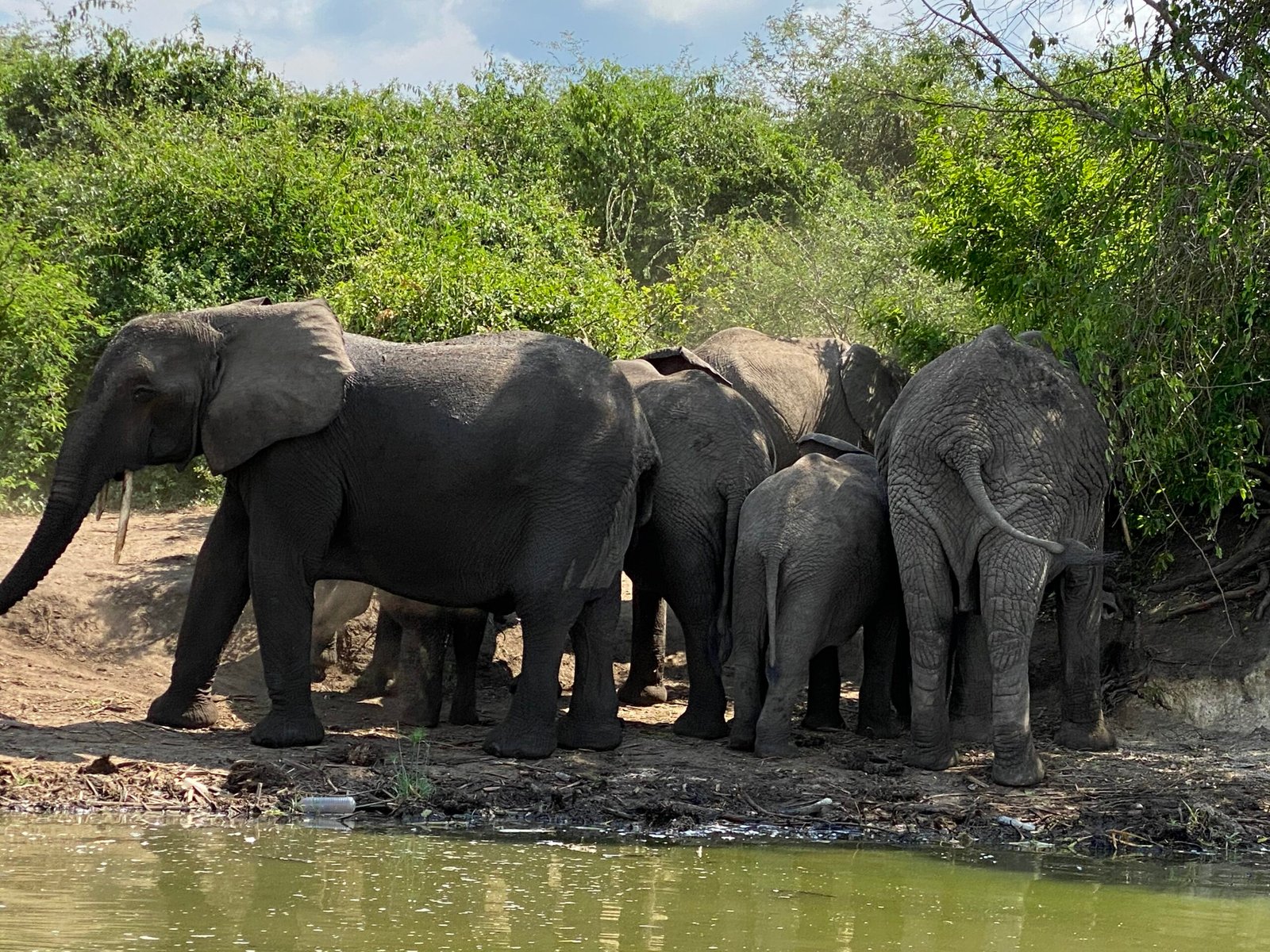
Humans have long been enchanted by tales of drunken elephants, weaving these stories into folklore, literature, and popular culture. Iconic nature documentaries and children’s books often depict elephants wobbling through marula orchards, much to the delight of audiences worldwide. These stories serve as both entertainment and cautionary tales, illustrating the unpredictability of nature and the surprising similarities between humans and animals. The enduring appeal of these legends speaks to our deep curiosity about the animal kingdom—and our love of a good party story.
Research in the Field: How Scientists Study the Phenomenon
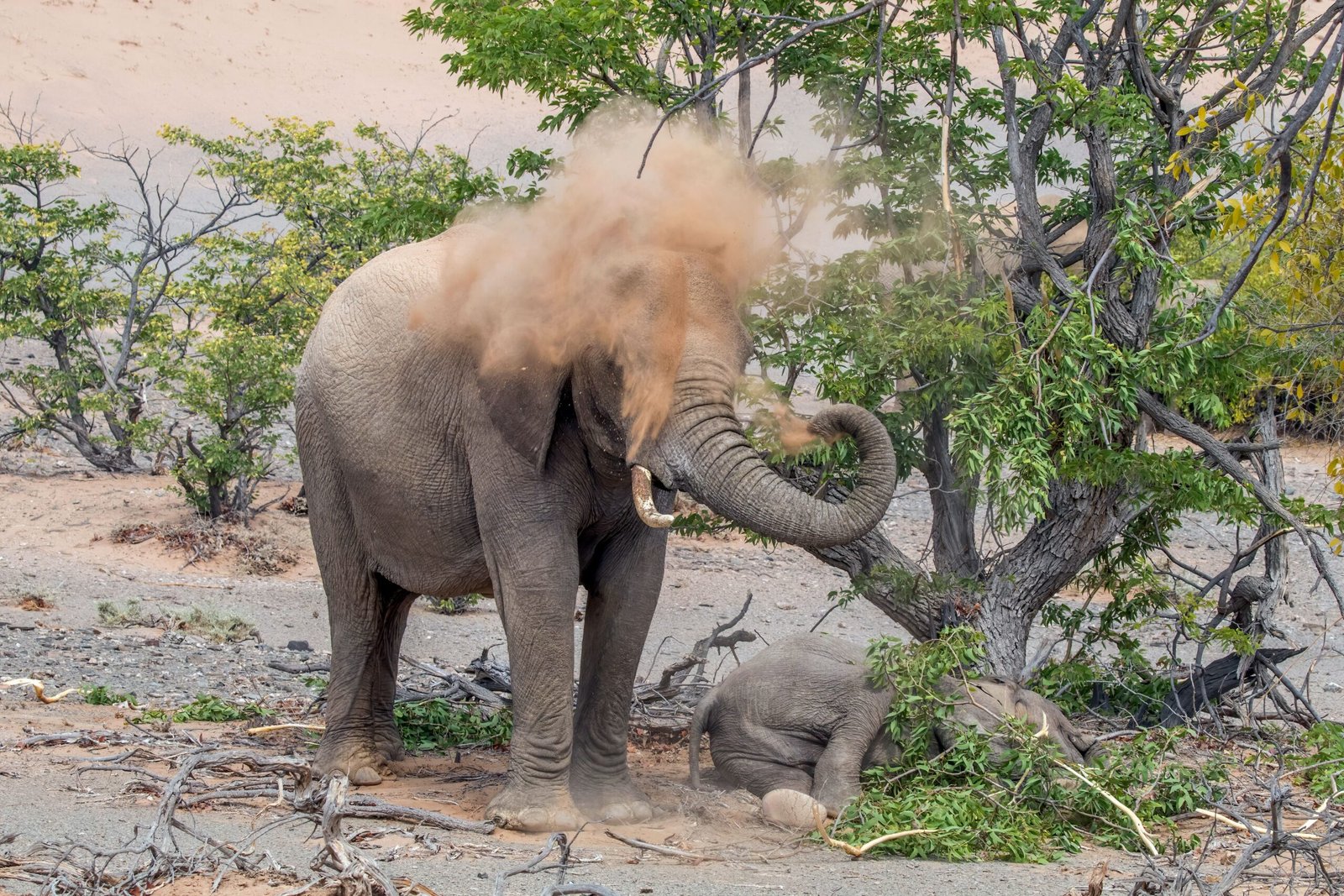
Studying elephants in the wild is no small feat, requiring patience, precision, and a healthy respect for these powerful creatures. Researchers use a combination of direct observation, camera traps, and biochemical analysis to monitor elephant diets and behavior during marula season. By measuring alcohol levels in fruit and analyzing elephant droppings, scientists can estimate how much ethanol the animals consume. Behavioral studies also track changes in activity patterns, social interactions, and movement following marula feasts. These multidisciplinary efforts are slowly unraveling the mysteries of this remarkable natural event.
The Power of Observation: Local Knowledge and Indigenous Wisdom
Long before scientists arrived with notebooks and cameras, local communities had already observed the curious effects of marula season on wildlife. Indigenous knowledge, passed down through generations, includes rich descriptions of animal behavior, seasonal changes, and even the best spots for marula feasts. Many local people view elephants’ love for marula with a mix of amusement and respect, regarding them as both mischievous and wise. This deep connection to the land and its rhythms enriches our understanding of the phenomenon and highlights the importance of traditional ecological knowledge.
Ecological Impact: What Happens When Elephants Party?
A herd of elephants feasting on marula can dramatically alter the landscape. As they jostle and push, elephants often break branches, trample saplings, and scatter seeds across wide areas. This destructive-seeming behavior actually plays a crucial role in the ecosystem, helping to disperse marula seeds and promote new growth. Other animals benefit too, feeding on leftover fruit or seeds exposed by the elephants’ powerful trunks. The ripple effects of these feasts extend far beyond the party itself, shaping the savannah for generations to come.
Risks and Dangers: When the Party Gets Out of Hand
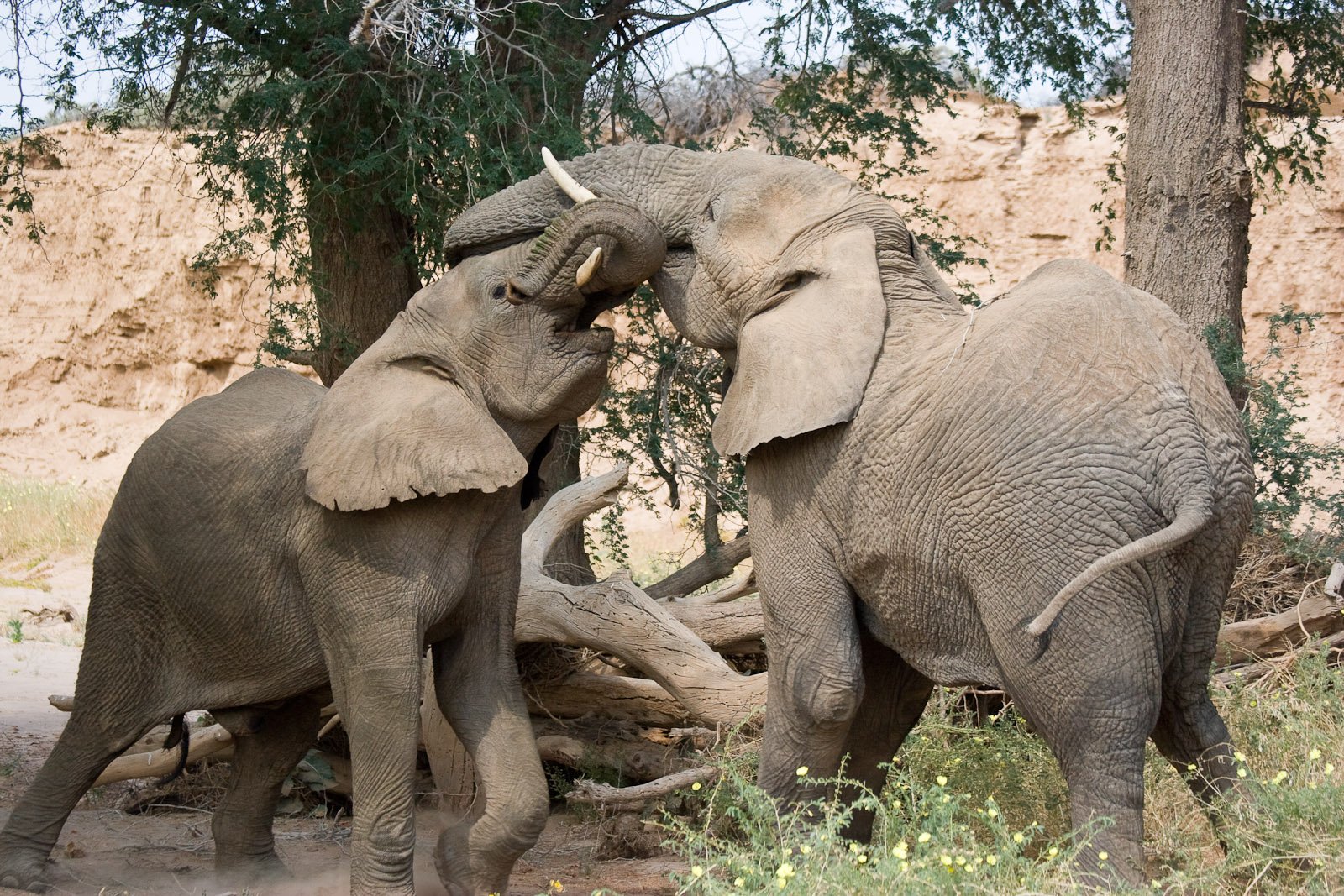
While most marula feasts are harmless fun, there are risks involved—both for elephants and for other wildlife. Consuming too much fermented fruit can potentially lead to digestive upset or even mild poisoning, though this is rare thanks to elephants’ hardy constitutions. More commonly, the excitement of a feast may lead to aggressive behavior, especially among younger males competing for the best fruit. In rare cases, elephants have been known to raid villages or farms in search of marula, leading to conflict with humans. Managing these encounters requires a delicate balance between conservation and community needs.
Comparisons to Human Intoxication: How Similar Are We?
It’s hard to resist drawing parallels between elephants indulging in marula and humans at a festive gathering. Both species are social, intelligent, and drawn to communal celebrations. Yet, the physiological differences are striking. While humans can become intoxicated from just a few drinks, elephants’ sheer mass and efficient metabolisms mean it takes much more to feel the same effects. Still, the sight of elephants swaying and playing after a marula feast is a powerful reminder of our shared capacity for joy, curiosity, and a little mischief.
Beyond Marula: Other Fermented Fruits in the Animal Kingdom
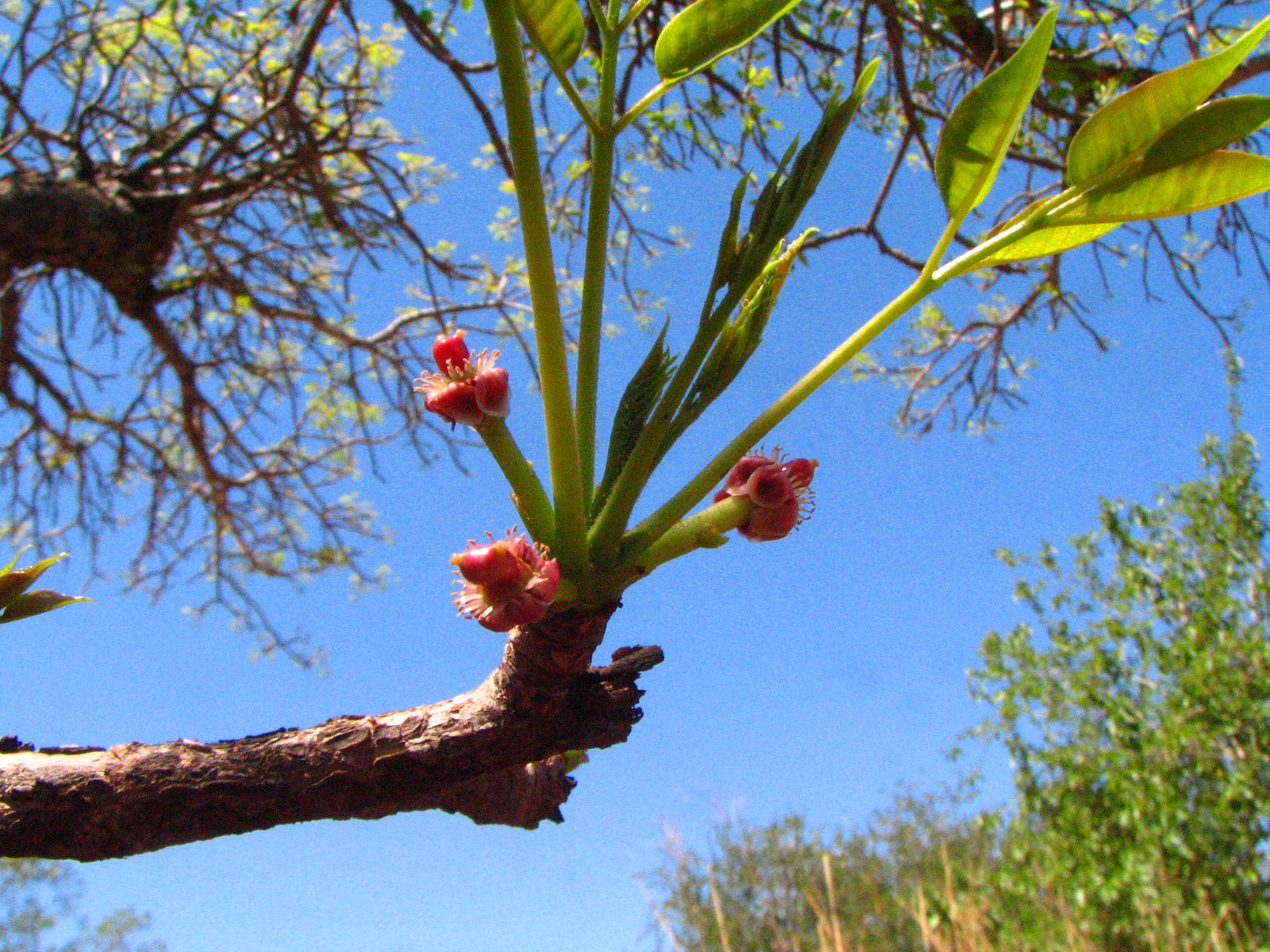
Marula may be the star of the show, but it’s not the only fruit that ferments in the wild. In various parts of the world, animals like bats, birds, and monkeys regularly consume overripe, alcohol-laden fruit. In South America, for instance, howler monkeys are known to sample fermented mangoes, while in Asia, fruit bats seek out overripe durian. These global examples highlight the universality of fermentation and its effects, suggesting that nature’s wild parties are far more common than we might imagine.
Adaptation and Evolution: Why Tolerate Alcohol at All?
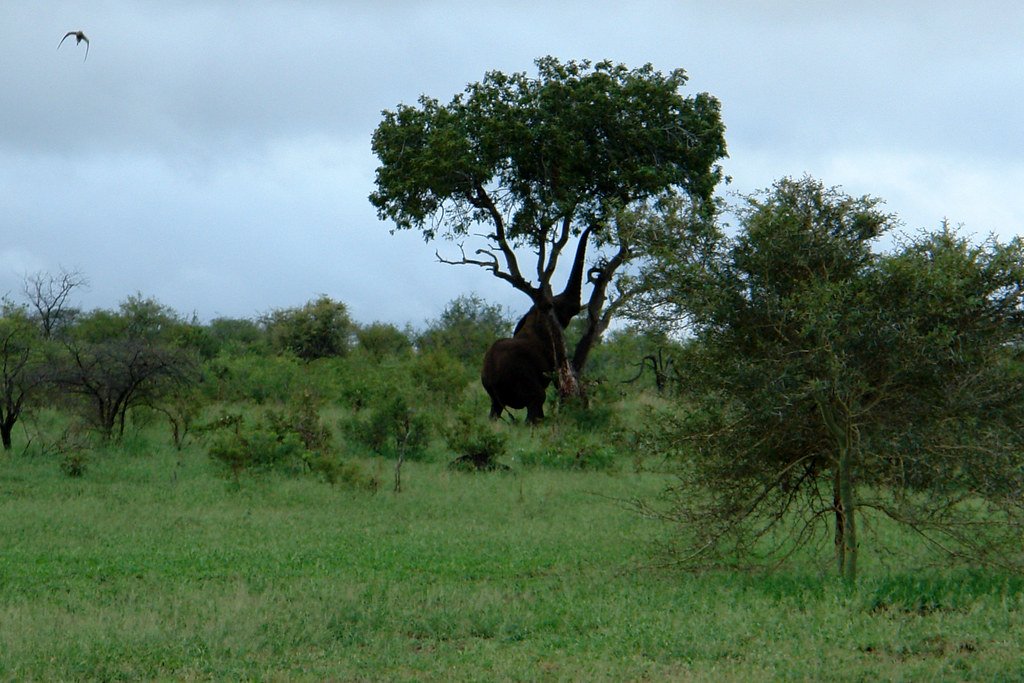
The ability to metabolize alcohol quickly is not unique to elephants—many fruit-eating animals have evolved similar adaptations. For species that rely on seasonal fruit, the risk of encountering fermented food is high, and those that can tolerate ethanol have a clear survival advantage. Studies suggest that early humans may have shared this trait, helping our ancestors exploit a wider range of food sources. In this sense, nature’s parties may have played a role in shaping evolution itself, driving the development of specialized enzymes and behaviors across the animal kingdom.
Conservation Perspectives: Protecting the Marula and Its Revelers
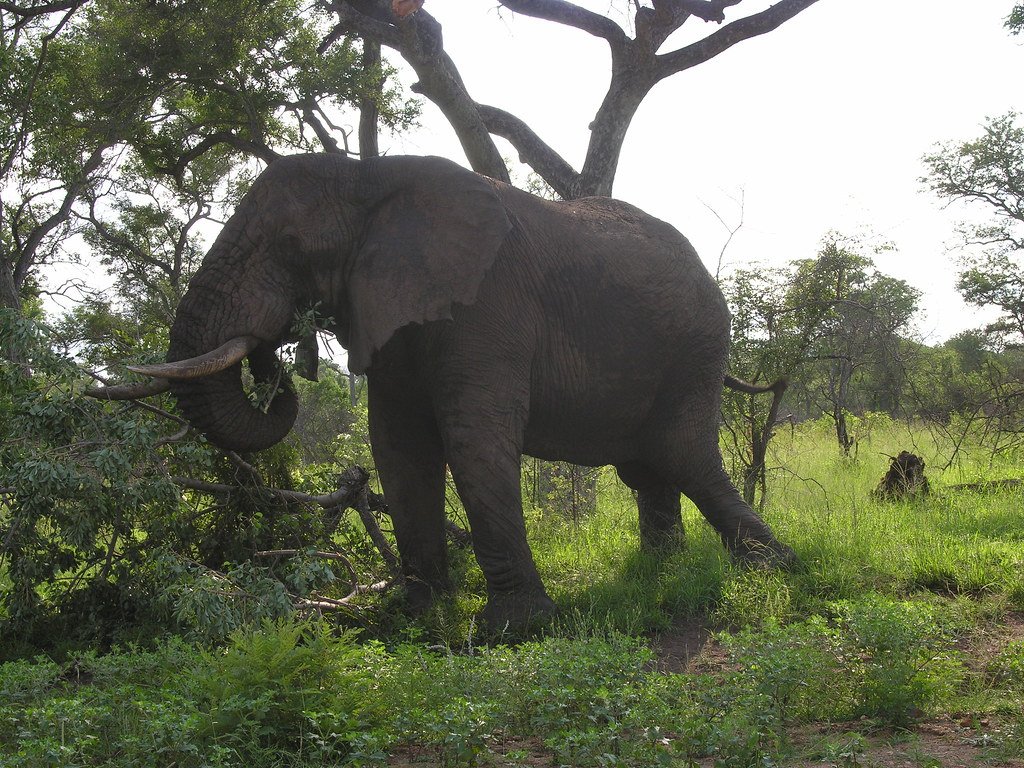
The marula tree is more than just a source of fruit—it’s a keystone species, supporting countless animals and even providing income for rural communities. Conservation efforts aim to protect marula trees from overharvesting and habitat loss, ensuring that both elephants and people can continue to enjoy their benefits. Responsible ecotourism, sustainable harvesting, and community-led management are all vital to preserving the delicate balance of the savannah. By safeguarding the marula, we also protect the vibrant web of life that depends on it.
What the “Drunk Elephant” Myth Teaches Us About Nature
At its heart, the story of drunk elephants and fermented fruit is a celebration of nature’s unpredictability, humor, and complexity. It reminds us that even the largest, most majestic creatures are shaped by the tiniest forces—like a yeast cell fermenting a fallen fruit. The legend also challenges us to look beyond appearances, to question what we think we know, and to marvel at the hidden connections that bind all life together. In the end, the party in the savannah is more than just a spectacle; it’s a window into the wild, wonderful world we share.
The next time you hear laughter echoing from the heart of the savannah, or see elephants gathered beneath a marula tree, will you wonder what stories nature is telling—and what secrets it still keeps?



